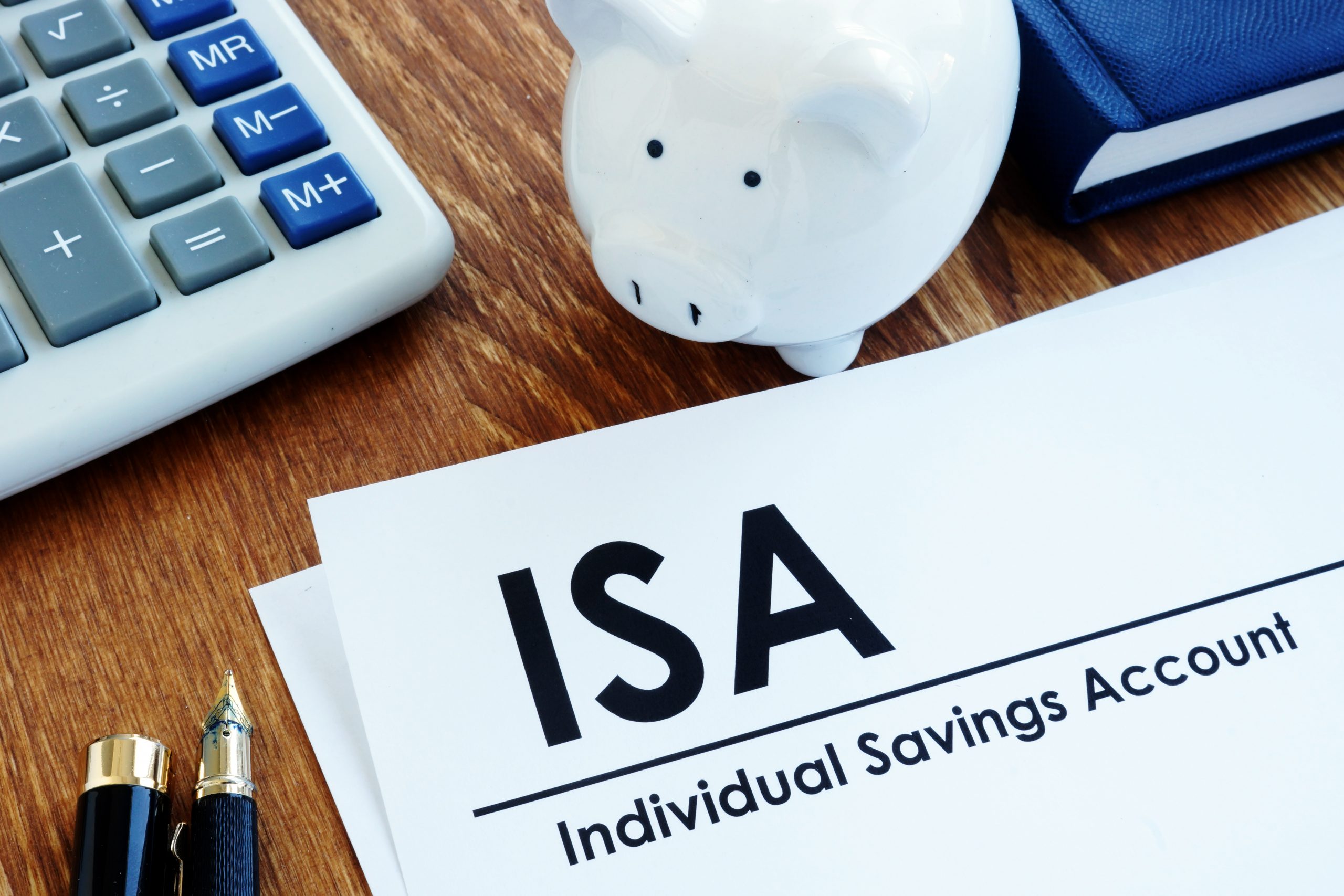It really is never too late to start investing, whether you are starting out your career or approaching retirement, the ability to compound (when you earn returns on your returns) is a key pillar in reaching your long-term retirement goals.
This can only be achieved by investing over the longer-term.
Those goals should be at the forefront of most investor’s minds as we approach the end of the ISA season. This is your final chance to make use of the full tax advantages of your £20,000 allowance ahead of the deadline on 5 April 2024.
Of course, much of that will depend on your personal circumstances and the point you are at in your life.
For example, younger investors with less financial commitments can potentially afford to take more risks with their money in the hope of enjoying better-than-expected returns.
However, those approaching retirement will have a different set of priorities. They are likely to be more cautious with their investment decisions and may want to generate an income.
Of course, how much you’ll need in retirement will depend on whether you’re happy with a modest lifestyle or a more comfortable one.
To enjoy a ‘comfortable’ retirement you’ll need an annual income of £43,100, rising to £59,000 for a couple, according to the Pensions and Lifetime Savings Association.
This would include treats such as a fortnight’s holiday at a four star hotel, three long weekend breaks in the UK and being able to replace the car every five years.
The reason I’ve highlighted this is because there is a real consensus that anyone at/approaching retirement should be looking to carry little or no risk in their portfolio. Clearly risk plays a bigger part as you get older – but we must remember that the retirement phase can last a lot longer than people think.
Today, a 65-year old in England could expect to live on average to almost 84 if they’re a man, while a woman could expect to live to 86 (source: Aviva).
Assuming they retire at 65, this means men and women can expect 19 and 21 years respectively in this phase of their lives. If we say the average couple lives 20 years in retirement they will need an income pot of almost £1.2m (source: Aviva).
In short, you may need a little more than you initially thought.
Choosing an ISA for the run-up to retirement will also depend on what other investments you have in your broader portfolio, such as a pension or other savings. With this in mind, let’s take a look at some of the requirements and a few investment funds that might fit the bill for everyone…
Capital appreciation
There is an old adage that you should hold as many bonds as your age to ensure you strike the right balance between generating returns and lowering your risk profile as you get older.
For example, a 55-year-old with one eye on retirement should have 55% of their portfolio in bond funds as they prepare to move from earning money to conserving it.
While this adage is arguably flawed these days as people live longer, the fact remains that bonds are an indispensable tool in meeting the challenges of retirement. Bonds, or fixed interest investments, are basically IOUs from Governments and companies in return for them paying a fixed rate of interest over a pre-determined period.
They currently offer an attractive yield and, should interest rates fall, are likely to offer greater returns on capital.
Funds to consider here include the Man GLG Dynamic Income fund, managed by Jonathan Golan, the strategy’s ultimate goal is to build a portfolio of individual uncorrelated ideas with excellent risk reward characteristics.
The fund can buy into high yield, emerging markets and Government bonds. An alternative would be the Premier Miton Strategic Monthly Income Bond fund, which currently yields 5.76%.
Sustainable income
Another option for a lower risk investor is the Ninety One Diversified Income fund. This fund aims to provide investors with an attractive, sustainable income – as well as the possibility of capital growth.
The aim is for a yield of around 4% per annum, distributed on a monthly basis, with less than half the volatility of UK equities. Most of the portfolio is held in fixed income but there will be some equity positions.
An alternative would be a traditional UK equity income portfolio, such as Schroder Income Growth. Managed by Sue Noffke, the investment trust is a consistent performer, targeting the shares of UK companies paying dividends that should grow faster than the rate of inflation in normal periods.
The trust has raised its dividend each year for more than 25 years, making it an ideal option for income seekers.
The growthier element
As we’ve already mentioned, not every investor approaching retirement will be focused on capital preservation alone. Some may be looking for some extra growth within their ISA portfolio.
This could be in the form of a core-satellite approach. It might not be wise to put every penny saved into these more exciting areas but a bit of exposure could be worth considering.
Here I’d probably start by going global, giving managers the full remit of some 40,000 stocks to choose from. Solid performers I’d consider include BlackRock Global Unconstrained Equity or Morgan Stanley Global Brands, both of which have excellent track records as high conviction portfolios investing in some of the world’s largest companies.
Meanwhile, an alternative might be the likes of the Fidelity Asia Pacific Opportunities fund. Manager Anthony Srom is a true active manager, who focuses on finding the best companies rather than simply focusing on an industry or theme. His track record of minimising volatility is also impressive.
Darius McDermott is managing director of FundCalibre and Chelsea Financial Services





